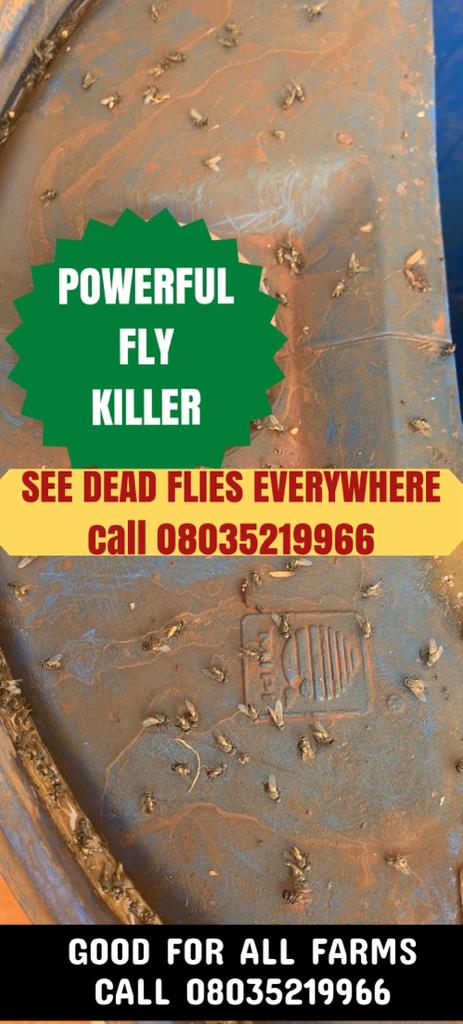3 Ways to Reduce Diarrhoea on Your Pig Farm
Farrowing house scours diarrhoeas are an oftentimes a frustrating and complex challenge that require a multi-modal approach to control. While on the sow, multiple factors can influence piglet scour severity and prevalence. These factors can generally be grouped into three categories: environment, pathogen burden and immune protection.

 Learn More
Learn More1. Provide a healthy environment.
There are several facets to consider when evaluating the environment within a farrowing house. These include temperature, humidity and air movement. Specific target temperatures will vary from farm to farm, but in general we want to keep our sows cool and piglets warm. This is accomplished by the creation of a microclimate using supplemental heat for the piglets in an area of the stall away from the sow. Properly functioning ventilation systems are an important tool in controlling temperature as well as humidity by controlling the air flow through a room. Reducing the humidity can help slow the proliferation of bacteria and the survival of viruses that cause piglet scours.
READ ALSO 9 Genetic Factors that can Cause Pre-weaning Mortality
2. Reduce the pathogen burden.
When trying to control scours, it’s important to reduce the pathogen burden. Regardless of the pathogen, good sanitation and hygiene is critical. While it may sound basic, washing with hot water instead of cold water is more effective and efficient. Disinfectants are another critical component, as they can inactivate viruses and kill bacteria. Different disinfectants have varying spectrums of activity, and depending on the pathogens you are dealing with, some disinfectants may work better than others. Prioritize addressing biofilms that can harbor disease-causing organisms when washing. Using a detergent or degreaser in the wash process can help break down these biofilms. Lastly, white washing farrowing rooms has become a popular intervention to control scours. This has been found to be especially helpful when dealing with coccidia.
ATTENTION: Click “HERE” to receive More updates directly on your WhatsApp!
3. Boost the pig’s immune status.
Don’t forget the piglet’s immune status. This is most heavily influenced by the quality and quantity of colostrum the piglet receives. To provide more protection from the colostrum, producers commonly utilize pre-farrow vaccinations and natural planned exposure (NPE). The premise of both options is the same: expose the sow to

pathogens to stimulate her immune system, resulting in increased antibodies in her colostrum and milk, which can protect the piglet from scours. Management practices like split suckling, sizing litters and creating fall-behind litters can help piglets receive adequate amounts of colostrum and milk, although this should be done with caution as piglet movements can increase the incidence of scours. Additionally, the health and welfare of the sow will impact the piglet’s health and immune status. If a sow does not feel well, she may produce less milk or even dry up completely. Sows need to be monitored daily for adequate feed consumption and water availability, as well as receive appropriate treatments when health challenges arise.
This is only the tip of the iceberg when it comes to scour control in the farrowing house. While it can increase pre-wean mortality, lower wean weights and be frustrating for the farm team, there are effective control measures available. Providing an outstanding environment for the piglet, reducing the volume of pathogens the piglet is exposed to, and enhancing the piglet’s immunity to specific pathogens are three important ways to reduce the prevalence and severity of scours in your farrowing house.















